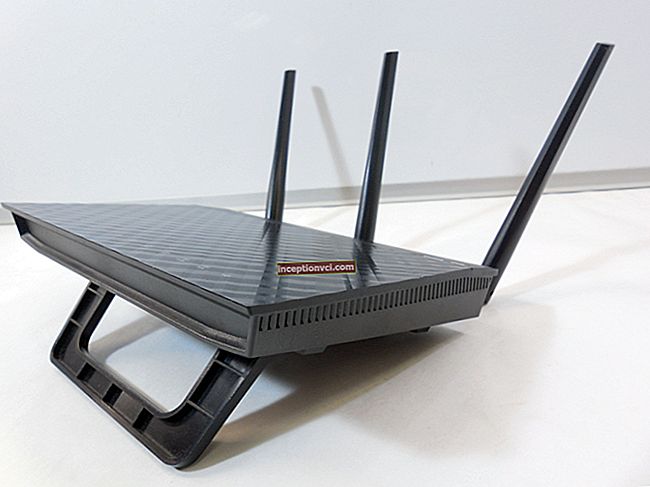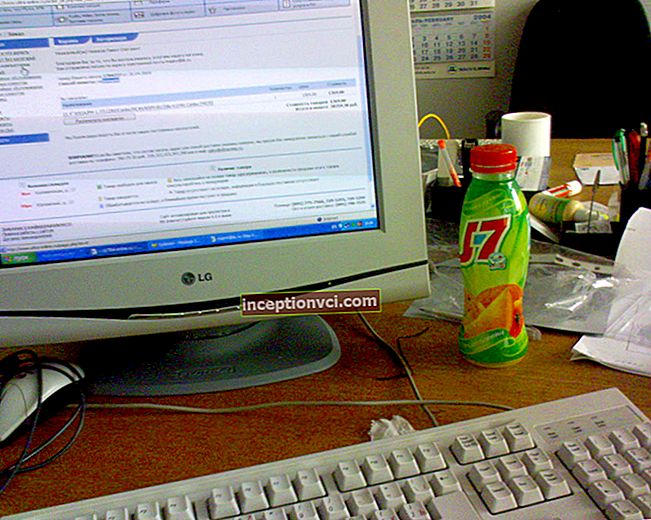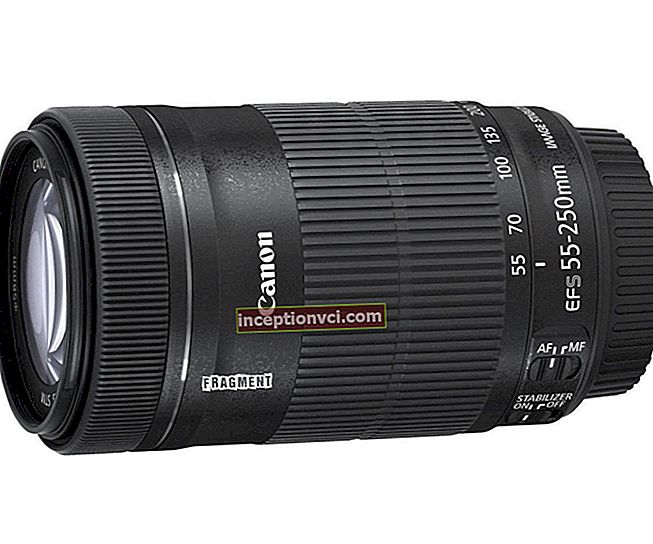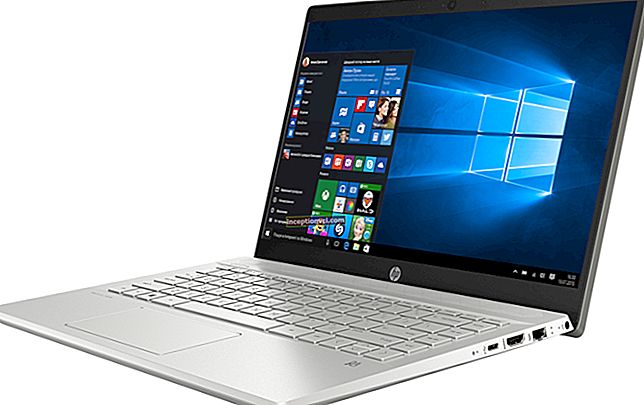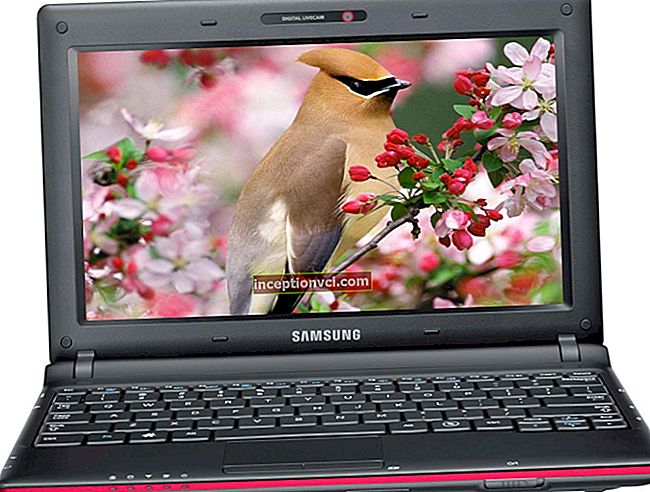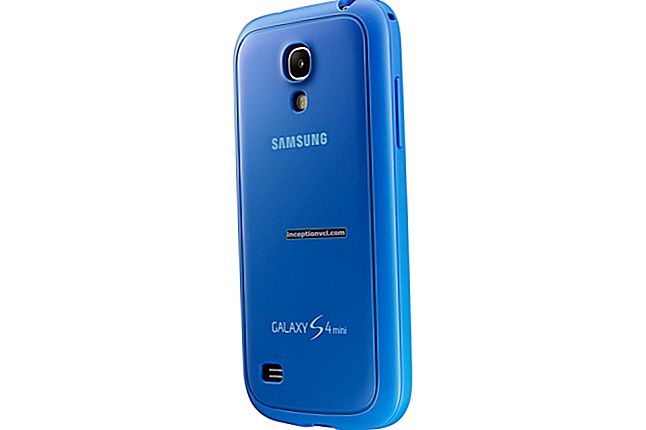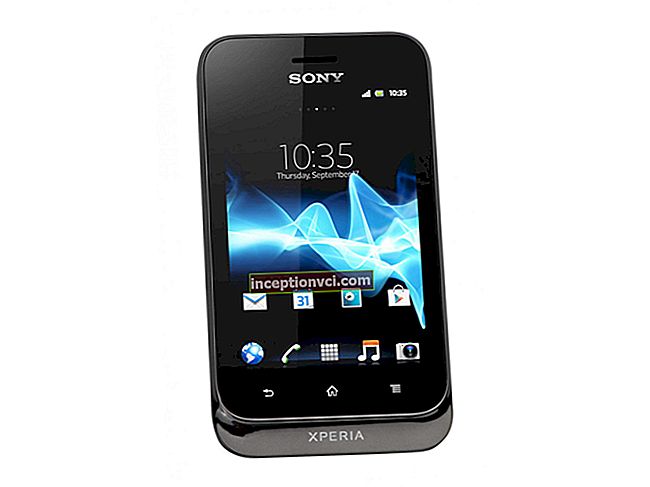Review of the mass gaming video card Radeon HD5670 from various manufacturers.
In this review of graphics accelerators, we will introduce you to the extremely successful, affordable video card of the past 5000 series of Radeon video cards. It has a fairly high level of performance, and its cost is not so high today. This accelerator is based on a graphics processor called "Redwood", or RV830 for short. Its crystal area is relatively small, only 110 square millimeters. The engineers managed to fit as many as 627 million transistors into it, like its younger brothers. In this, they were helped by the transition to a new, delicate technological process - 40 nanometers. Otherwise, it is almost identical to the younger brother from the family - ATI Radeon HD5570. It includes 400 shader processors that operate at the core frequency, 20 texture units and only 8 rasterization units. In order to get ahead of the junior model even a little, the device increased its operating frequencies to 775 MHz, as a result of which the power consumption of the device was also increased. In the maximum loaded mode, it is now 61 watts. In addition, the device received different volumes of video memory - 512 and 1024 MB. But the used standard, much more modern and faster, is GDDR 5. In total, all this allowed the device to work a little faster and occupy its own price niche. We will try to find out which video accelerator from a large number of available on our market is better to give preference to. So let's get down to the review.
PowerColor HD5670 GDDR3 1 GB

This adapter from the PowerColor company is the most affordable in our market. This is due, first of all, not to the quality of workmanship and materials, but to the use of slow video memory, the GDDR 3 standard. Besides, it also works with an inferior, but cut down clock frequency - only 1334 MHz. This significantly reduces the capabilities of the video adapter, therefore, we do not recommend using it for gaming purposes. In this case, for that kind of money, it is better to buy a junior modification of the Radeon HD5570 or contact Nvidia's competitors. As for the rest, the accelerator completely repeats its closest relative, which we named above. It is built on an identical printed circuit board made of red, pressed PCB with the same design and dimensions. The adapter is designed to interact with the system via the PCI Express x16 bus. All modern motherboards are now equipped with this interface. Therefore, you should not have any interference with compatibility. Apart from the landing connector, there are absolutely no connectors on the board anymore. Since the accelerator is relatively economical, it does not need additional recharge. The CrossFireX technology, which our hero supports, is implemented through the PCI Express graphics interface, the capabilities of which should be sufficient even without a bridge connecting two identical devices. But on the back panel there were as many as three ports for outputting information with different interfaces. Their list includes a pair of digital video outputs - DVI and even HDMI, as well as one analog port - VGA. This should be enough to connect any monitor, TV or projector to your system. To cool our hero, an almost standard cooling system is used, which can often be found on many Radeon products. It consists of an aluminum radiator for cooling the video processor, as well as a not very noisy fan, which is integrated into a plastic frame. In addition, there are several more compact aluminum heatsinks attached to the video memory chips. The only and significant drawback of this cooler is its dimensions. It goes beyond a single expansion slot, which is not very good for such a device.But otherwise, its productivity is enough to cool the GPU to normal temperatures in overclocking mode and maximum load. As we have already said, this accelerator is not quite suitable for gaming purposes. Although it has a large amount of video memory, its speed is low, so that it can comfortably play many modern games. But with the GPU itself, everything is in order, it is quite economical and productive. The RV830 core operates at the recommended clock frequency of 775 MHz. It is important to note that this accelerator supports many modern proprietary technologies, such as ATI CrossFire and Eyefinity, which the previous series could not boast of. Also, it is possible to work with applications compatible with Microsoft DirectX 11 and the latest version of shaders. But the power of the video card is not quite enough for this. As a result, we can say that the PowerColor HD5670 GDDR3 1 GB is extremely unsuitable for gamers. But for work systems and multimedia PCs, it will be just right. So, we believe that the cost of this video adapter is not entirely justified. Buy it or not, it's up to you!
Specifications:
Core ……………………… ...................... RV830 "Redwood"
Process technology …………… ........................... 40 nm
Core frequency ………… ........................... 775 MHz
Memory frequency ……… .......................... 1334 MHz
Memory type ……………… ...................... GDDR3
Memory size ………… ........................ 1024 MB
Memory interface ... ... ........................ 128 bit
Technology and API support ……… .. DirectX 11, Shaders Model 5.0, OpenGL 3.2, Eyefinity, CrossFireX
Connectors …………………… ................... DVI, VGA, HDMI
Power consumption ... ... ...................... 61 W
Average cost at the time of writing …… ..66 $
Sapphire Radeon HD5670 1 GB (11168-28)

This accelerator from Sapphire is perfectly balanced and very attractive. The accelerator has a low cost, excellent technical characteristics and high-quality assembly. It is built on a PCB with a reference design and a very neat assembly. Only high quality materials and elements are used in the construction of the device. The dimensions of the accelerator are relatively small and it will fit in a small case without any problems. An unpleasant fact can only be that the device takes up almost two expansion slots. This device does not require power supply and has enough charge from the PCI Express x16 graphic interface. The board has two small contact platforms that are used to build powerful graphics systems based on a pair of GPUs. This technology is called ATI CrossFireX. In addition, there is another technology called Eyefinity. It is designed to distribute video images on three monitors or TVs connected to this video card. For this, there are as many as three interface ports on the interface panel - DVI, Display Port and HDMI. To cool our hero, an active and very efficient cooling system is used. It has a very simple design. But since the RV830 chip cannot be called very hot, this cooler is quite enough for stable heat dissipation. The system is based on an aluminum radiator, on top of which there is a large fan mounted in a special plastic casing. The only important drawback of this cooler is its large size. Because of it, the accelerator takes up two expansion slots and prevents the installation of another device in the next slot. But on the other hand, our hero Sapphire Radeon HD5670 boasts a high level of performance. A graphics processor is soldered on the board, which is made according to a thin standard, only 40 nanometers. It boasts a high level of performance while consuming only 61 watts of electricity. It operates at a recommended clock speed of 775 MHz and interacts with one gigabyte of video memory. But the most interesting thing is that this memory has a huge operating speed - 4000 MHz and belongs to the latest standard - GDDR5. In a heap, all this allows our hero to launch any modern game without any problems and allow the user to enjoy the gameplay. Of course, all this is not at the maximum graphics and detail settings, but this video card costs only about 80 US dollars.Ultimately, we can confidently recommend this accelerator for purchase for assembling entry-level gaming systems.
Specifications:
Core ……………………… ...................... RV830 "Redwood"
Process technology …………… ........................... 40 nm
Core frequency ………… ........................... 775 MHz
Memory frequency ... ... ... .......................... 4000 MHz
Memory type ……………… ...................... GDDR5
Memory size ………… ........................ 1024 MB
Memory interface ... ... ........................ 128 bit
Technology and API support ……… .. DirectX 11, Shaders Model 5.0, OpenGL 3.2, Eyefinity, CrossFireX
Connectors …………………… ................... DVI, Display Port, HDMI
Power consumption ... ... ...................... 61 W
Average cost at the time of writing …… ..77 $
ASUS EAH5670 / DI / 1GD3

Asus has produced a fairly high-quality and reliable accelerator in the face of the Radeon HD5670. It is based on a red printed circuit board and has a very high workmanship. In the form of an element base, sufficiently reliable and high-quality materials are used, which, of course, affects the stability and durability of the adapter. The accelerator is medium in size, which allows it to be installed in any medium format case. There is nothing superfluous on the board, not even an additional power connector. Almost the entire front surface of the accelerator is hidden under a standard cooling system. At its base is a small aluminum radiator made in the form of a cut-off cylinder. It is fastened with four screws that are screwed on the back of the board along the perimeter of the GPU. This provides a sufficiently secure fastening and a good clamping effect. On top of the heatsink there is a plastic casing, into which a small but very efficient and quiet fan is mounted. It is designed to blow the fins and the entire surface of the heatsink and cool the graphics accelerator. In addition, the design of the heat exchanger is made so that the video memory chips would also fall under the air flow. As a result, we can say that this accelerator from Asus has a sufficiently high-quality and reliable cooling system, which is able to cool the device even under maximum loads. At the same time, the noise level emitted by the fan can be described as “below average”. The only, not a little important disadvantage of this cooling system is its dimensions. It takes up almost two expansion slots, which will prevent the installation of another device in the slot, which is located directly under PCI Express x16. The rear panel combines as many as three different interface connectors for displaying information on the monitor screen. This is a pair of digital ports - DVI and even HDMI, as well as one analog - VGA port. All of them can output video to three devices at the same time, be it a modern monitor, TV or projector. By the way, the image can be split into all three devices, so that the total is a single picture. In this, the ASUS EAH5670 / DI / 1GD3 accelerator is assisted by the proprietary Eyefinity technology. Of course, this is a very difficult regime, so it will be very difficult to fully enjoy it. The computing link of our hero is the RV830 chip, operating at a standard frequency of 775 MHz. It has great features, high speed and incredible energy efficiency - just 61 watts of power at maximum load. The accelerator received a fairly large amount of video memory - a whole 1 gigabyte. It works at a speed of 1600 MHz, therefore, this adapter outright loses to accelerators with faster and more modern GDDR 5 memory. But still, even this is enough to comfortably run many modern video games. So, we cannot but recommend ASUS EAH5670 / DI / 1GD3 for purchase, especially at such a low cost and with such a high quality of workmanship.
Specifications:
Core ……………………… ...................... RV830 "Redwood"
Process technology …………… ........................... 40 nm
Core frequency ………… ........................... 775 MHz
Memory frequency ……… .......................... 1600 MHz
Memory type ……………… ...................... GDDR3
Memory size ………… ........................ 1024 MB
Memory interface ... ... ........................ 128 bit
Technology and API support ……… .. DirectX 11, Shaders Model 5.0, OpenGL 3.2, Eyefinity, CrossFireX
Connectors …………………… ................... DVI, VGA, HDMI
Power consumption ... ... ...................... 61 W
Average cost at the time of writing …… ..76 $
